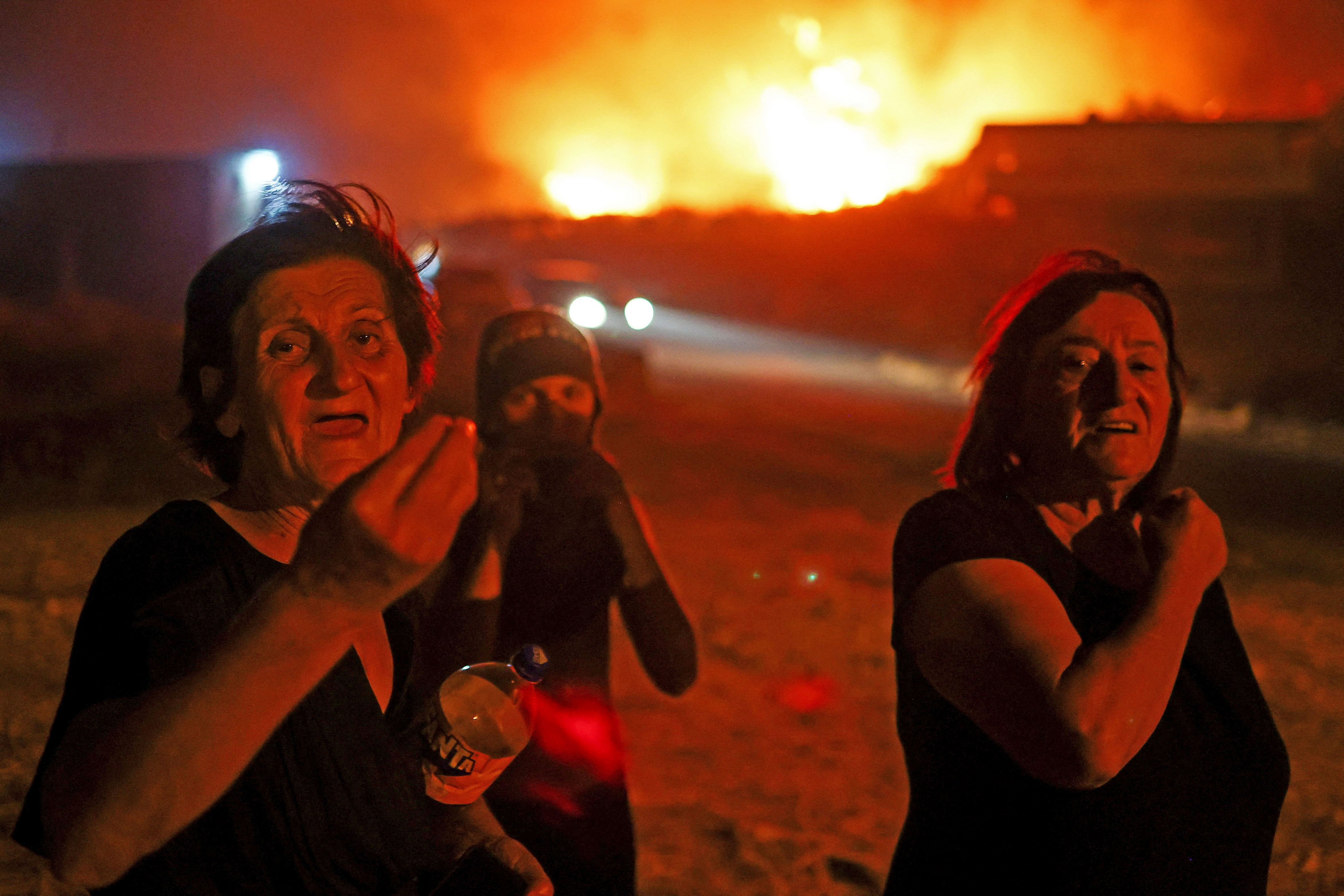The extensive search for an American hiker who disappeared in the rugged terrain of the Pyrenees has come to a close with the discovery of a body by rescue teams. The confirmation brings a definitive, if tragic, end to a multi-day operation that spanned across the treacherous mountain range. The incident serves as a poignant reminder of the inherent dangers of solo hiking and the unforgiving nature of the world’s most challenging landscapes. It also highlights the tireless and often perilous work undertaken by search and rescue professionals.
The search mission highlighted international collaboration, as French and Spanish officials collaborated closely to scour an immense, unforgiving area. The Pyrenees serve as a natural divide between these countries, marked by steep, rugged terrain, thick woods, and erratic weather conditions. Teams employed a mix of ground personnel, trained search dogs, and helicopters to inspect as much territory as they could. As time went on without finding the missing person, the operation shifted from a hopeful rescue effort to a somber recovery endeavor.
The story of the missing hiker begins with a solitary journey into a landscape of breathtaking beauty but immense peril. While the exact details of the individual’s disappearance remain part of an ongoing investigation, it is believed that they were a passionate and experienced outdoor enthusiast. This incident underscores a critical point for all adventurers: even the most skilled and well-prepared individuals can fall prey to the unpredictable forces of nature. The mountains, with their sudden storms and hidden dangers, demand a constant level of vigilance and respect.
The Pyrenees, while a popular destination for hikers and climbers, are not a playground. The range’s challenging topography and rapidly changing weather conditions can quickly turn a planned excursion into a survival situation. Sudden temperature drops, unexpected snowfall, and heavy fog can disorient even the most seasoned mountaineers, leading to a loss of direction. The steep gorges and loose rock can also create treacherous footing, with a single misstep having potentially fatal consequences. These unique risks make rescue operations in the area particularly difficult and time-sensitive.
For search and rescue crews, the tasks require extreme physical and emotional effort. Initially, the mission is marked by a sprint against the clock, aiming to save someone who may still be alive and in need of assistance. As time passes and adverse weather sets in, this hope frequently fades, shifting the focus from a rescue operation to a recovery mission. These devoted workers take on their own dangers, traversing perilous areas and enduring severe conditions to carry out their responsibilities. Their dedication to providing families with closure represents a serious and essential component of their responsibilities.
This tragedy is part of a larger global trend of hiking and climbing incidents, a sobering reality for a community that cherishes the wilderness. While the number of such events is small compared to the millions of people who enjoy the outdoors safely each year, each incident serves as a vital case study. It reminds us of the importance of adhering to safety protocols, regardless of our experience level. It underscores the need for all adventurers to be self-reliant and to be prepared for the worst-case scenario.
Modern advancements have equipped hikers with a variety of gadgets beneficial in emergencies. Devices like GPS-equipped personal locator beacons (PLBs) and satellite phones can be crucial for survival. Nevertheless, this incident and similar situations highlight that technology cannot substitute wise decision-making and comprehensive knowledge of the landscape. Despite having top-notch gear, hikers should make informed choices, remain on designated paths, and recognize when to retreat. Technology serves as assistance, not an assurance of security.
The emotional impact of a tragedy like this extends far beyond the immediate family. It is felt deeply by the tight-knit community of search and rescue professionals, who are often emotionally invested in the outcome of their missions. It also sends a ripple of sadness through the global hiking community, serving as a powerful and painful reminder of the thin line between an exhilarating adventure and a catastrophic accident. It is a shared grief for a fellow enthusiast who did not return from a journey.
In light of such a serious finding, attention turns to the operational and research procedures. Local officials will formally verify the person’s identity, inform their relatives, and carry out an inquiry to ascertain the precise reason behind the death. This procedural stage is essential to offer resolution and derive insights from the unfortunate incident. The collected data can also contribute to enhancing future safety measures and rescue strategies, making sure the loss has meaning.
The somber conclusion to this search is a testament to the complex and often contradictory nature of outdoor adventure. The allure of the mountains is rooted in their challenge and beauty, in the opportunity to test one’s limits against the raw power of nature. Yet, with that beauty comes an inherent and undeniable risk. This incident, while heartbreaking, is a stark and powerful reminder that respect, preparation, and an unwavering commitment to safety are the most essential tools in any hiker’s pack.

